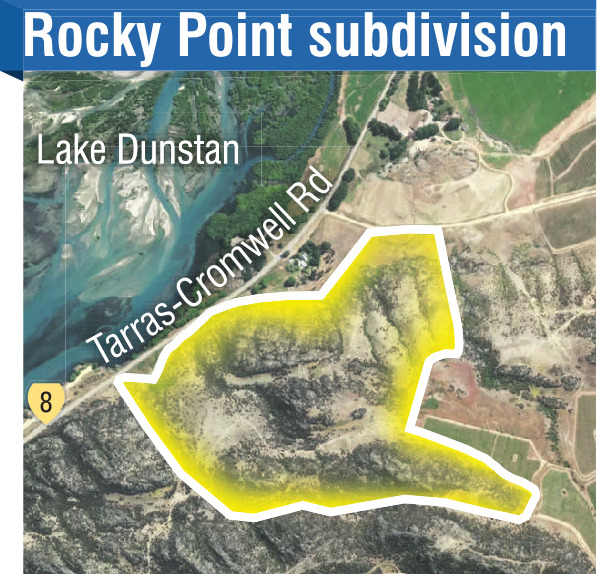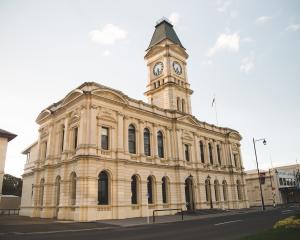
Canterbury-based TKO Properties is seeking resource consent to create a mixture of 30 lots of residential and travellers’ accommodation along with communal and commercial activities at Rocky Point at the top of Lake Dunstan, near Bendigo.
A Central Otago District Council planner’s report in March this year recommended consent be refused, which led to the applicant putting the process on hold. It then returned with some amendments to its proposal — which included reducing the lots by three. There would also be a public parking area beside a walking track.
The change does not appear to have gone far enough as the council planner is still opposed to the granting of consent.
The hearing began in Alexandra on Monday. Gary Rae is the independent commissioner and chairman of the panel. He has been joined by district councillors Martin McPherson and Ian Cooney.
In papers for the hearing, the site is described as a 68.7ha rural property near Bendigo Station.
Yesterday, both Central Otago District Council planner Adam Vincent and expert witness Lucas Associates principal landscape architect Di Lucas said the light spill from the proposed development would be visible for long distances from the properties.
Mr Vincent said lights from residences at Queensbury were visible from up to 4km away.
Ms Lucas, who grew up on Bendigo Station, presented a submission on behalf of Tarras resident Shonagh Kenerdine, who opposed the consent.
The visibility of some of the properties was a concern, lots 1-10 being visible from the lake edge.

Similarly once lights were switched on, buildings would become highly visible up to 5km away. Outdoor lighting restrictions requiring lights to be shrouded and no higher than 1.2m from the ground would be impractical for anyone using their deck in the evening, she said.
Building consent conditions would focus on the residences and not what would happen once people moved in.
Of more concern was the risk of wildfire, Ms Lucas said.
Introducing more people into the area increased the risk of fire starting.
Casual visitors would not have awareness or sensitivity towards the risk, she said.
It was a mistake to think fire travelled uphill. The Christchurch Port Hills fire, in February, had been a downhill fire.
Fire mitigation in the proposal focused on the buildings and not on the surrounding environment, she said.
Earlier in the week submissions from ecologists Simon Beale and Andrew Wall, on behalf of TKO Properties, outlined how the natural environment — including flora and fauna — would be protected where possible and the steps that would be taken to remediate unavoidable damage.
They included planting, to create new habitats for invertebrates and lizards in the area.
The hearing was adjourned yesterday and no date has been set for it to reconvene.












